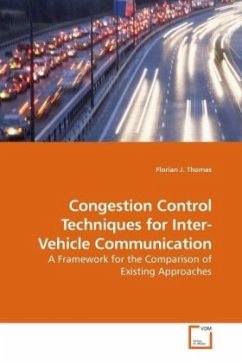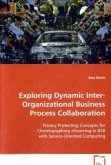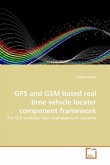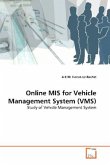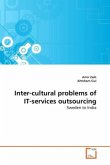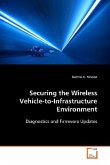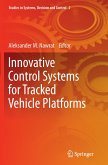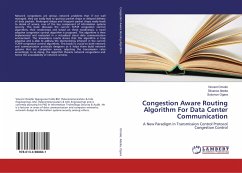In modern cars active safety solutions are used to prevent hazards in the road traffic. Currently, these solutions are limited to use information from local sensors which is desired to overcome. Inter-vehicle communication (IVC) is envisioned to solve this issue. The system enables vehicles to communicate with each other wirelessly, so that they can exchange safety-related information. Once this system is well-established radio channel congestion will become a serious problem, though. Congestion control techniques have been developed to limit the bandwidth utilization. However, the evaluations of the different approaches were performed under different conditions and with different concepts. Therefore, they cannot be compared with each other directly. With this book we present a framework that enables the user to compare congestion control techniques in a fair way. We introduce models and metrics that allow for a analysis of performance and resource utilization. Using this framework we compare multi-hop and single-hop approaches by using simulations. Finally, we perform an analytical comparison of both approaches which confirms the simulative results.
Bitte wählen Sie Ihr Anliegen aus.
Rechnungen
Retourenschein anfordern
Bestellstatus
Storno

